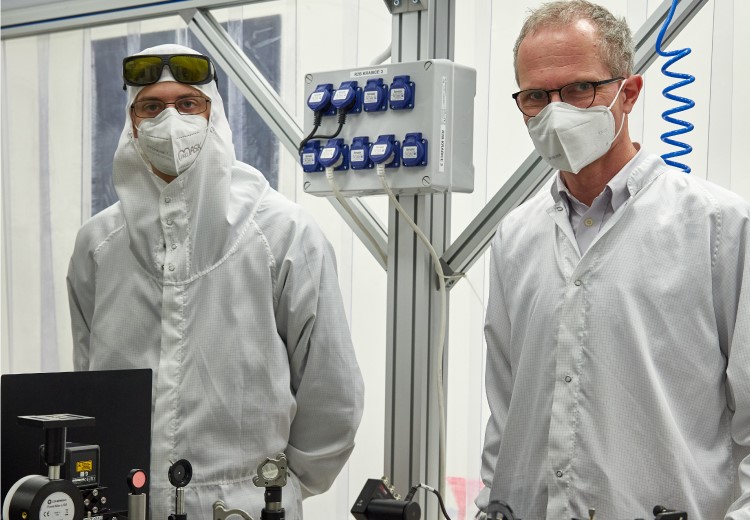A team from the Modeling for Nanotechnologies Laboratory at VSB-TUO is exploring new spintronic emitters and detectors for advanced terahertz applications

Sponsored by

Sponsored by

VSB - Technical University of Ostrava is rated as one of the best workplaces for science and research in the field of spin-photonics in the Czech Republic. The Modeling for Nanotechnologies Laboratory is located within the IT4Innovations National Supercomputing Center, which is part of the University. This laboratory deals with the design of new materials, the development of special nanostructured surfaces and materials for photovoltaics and fuel cells, and the modelling and design of spin-lasers. At the moment, the laboratory is working on the project S-Nebula within HORIZON 2020, exploring new spintronic emitters and detectors for advanced terahertz applications.
VSB – Technical University of Ostrava is collaborating on this project with other universities and scientific institutions from across Europe. Terahertz radiation is a relatively unexplored area that is used in the study of materials. It develops the dynamic link between optics and electronics. “It is also used in airport security checks. Terahertz radiation can detect metallic materials and weapons even underneath clothing, which is transparent to this radiation. In addition, it is also harmless to your health.” explains Kamil Postava from IT4Innovations. Another area of application is the detection of special substances, typically drugs and explosives. “These are substances that consist of complex, heavy molecules that vibrate on terahertz frequencies,” he adds. The waves can also be utilised in the study of materials, where electrical properties or conductivity can be contactless measured. “The field of biomedicine is also very important, where the terahertz radiation is used to detect cancerous tumours. Another very promising area is terahertz optical activity where we study RNA and DNA proteins, which have a helical symmetry and show a special polarisation effect.” Terahertz waves can also be applied in wireless communications.
The University’s contribution in this project is to focus on polarisation detection. “We are involved in the project with the development of polarisation detection and a terahertz ellipsometer based on spintronic emitters and detectors. We are also developing new emitters and detectors because we want them to be more powerful and more stable.” Eight people from the Modeling for Nanotechnologies Lab are working on the project, each member solving something different. “Some colleagues focus on layer preparation, others on measurement, while some work on ellipsometer development or polarisation measurement, pattern characterisation or modelling,” the researcher adds. Doctoral students are also working on the project. They study for a doctorate under double supervision. For example, Pierre Koleják studies partly at VSB-TUO and partly at the University of Lille in France.
The project will last three and a half years but this will be extended due to the pandemic. "Unfortunately, the pandemic delayed our project a bit, the laboratories were even closed in France and Germany," explains Kamil Postava.